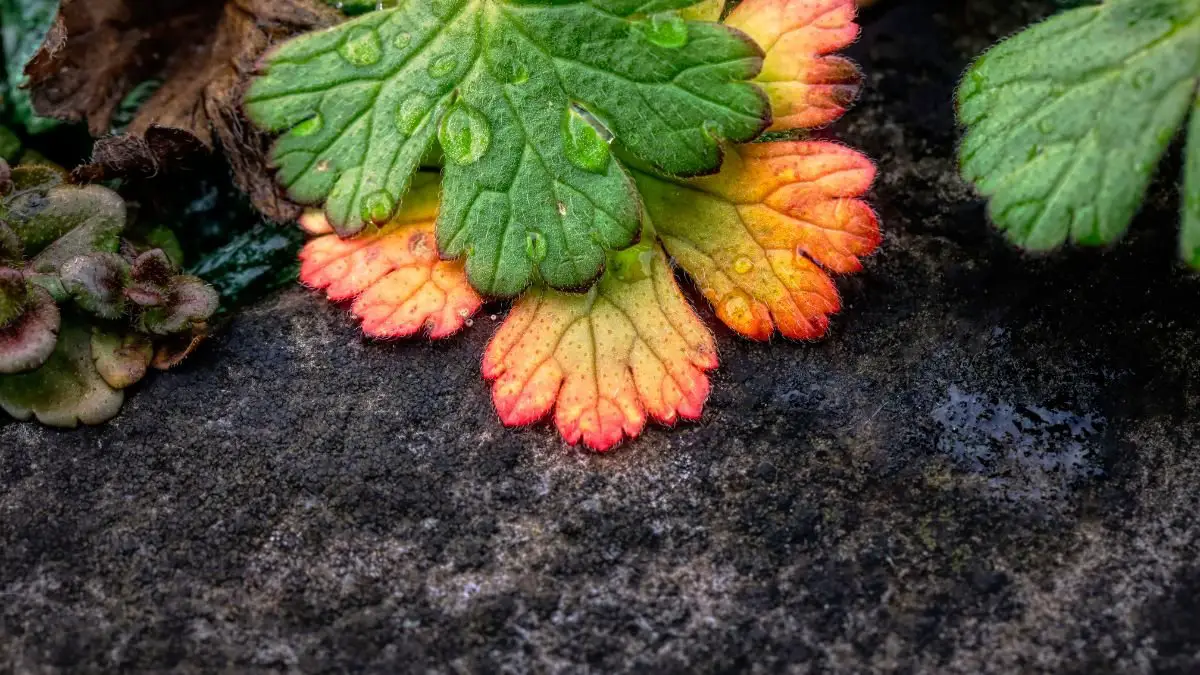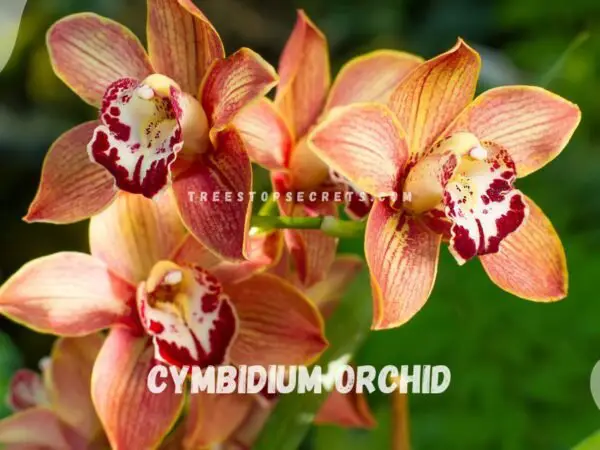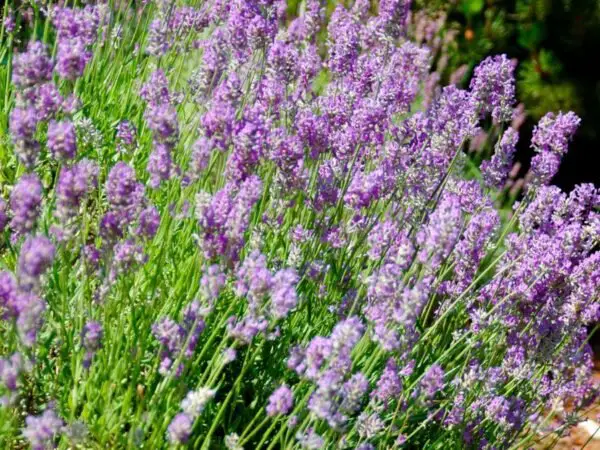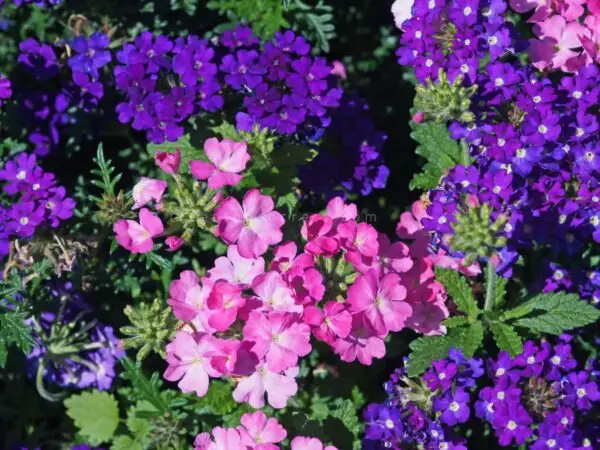
Did you know that yellowing pelargonium leaves and leaf loss are common issues faced by many gardening enthusiasts in fall? If you're experiencing this problem, fret not! Understanding the underlying causes and implementing simple solutions can help your geranium thrive once again.
When it comes to addressing yellowing pelargonium leaves in gardening, proper watering, adequate sunlight, and nutrient-rich soil play crucial roles in maintaining plant health. By adjusting these factors accordingly, you can prevent further yellowing and leaf loss, promote vibrant green foliage on your pelargoniums plants.
If you're eager to learn how to revive your yellowing geranium leaves and ensure your plants stay healthy and lush, keep reading for expert tips and tricks to rejuvenate your beloved greenery and pelargoniums. Stay tuned for valuable insights on nurturing your geranium back to its former glory!
Key Takeaways
- Identify Yellow Leaves: Check your geranium plant for yellowing leaves to determine the underlying issue promptly.
- Adjust Watering: Address overwatering by allowing the soil to dry out between waterings and ensuring proper drainage.
- Optimize Sunlight Exposure: Ensure your geranium receives adequate sunlight to prevent yellowing leaves caused by insufficient light.
- Protect from Cold: Shield your plant from cold temperatures to avoid damage that can lead to yellow leaves.
- Maintain Nutrient Balance: Monitor and adjust the plant's nutrient intake to prevent yellowing leaves due to deficiencies.
- Prevent Diseases: Implement preventive measures like proper sanitation and airflow to reduce the risk of diseases causing yellow leaves.
Identifying Yellow Leaves
Overwatering Signs
Yellowing leaves signal overwatering, leading to wilting or drooping due to excessive water saturation. Monitor soil moisture.
Underwatering Symptoms
Watch for yellowing leaf edges and tips, indicating underwatering. Dry, crispy leaves show lack of water; water deeply.
Sunlight Needs
Most geraniums thrive in full sun to partial shade, preferring morning sun and afternoon shade in hot climates. Prune for adequate light.
Cold Stress
Geraniums turn yellow nearing dormancy in fall; insulate roots during cold weather. Consider moving indoors to avoid cold stress.
Nutrient Shortages
Nutrient deficiencies cause yellow leaves; test soil for specific shortages. Apply suitable fertilizer to address nutrient deficiencies.
Understanding Causes
Water Imbalance
Maintain a balanced watering schedule to keep geranium leaves from turning yellow. Adjust watering based on soil moisture levels to prevent overwatering or underwatering. Ensure proper drainage in pots or soil to avoid water stagnation issues.
Insufficient Light
Identify yellow leaves as a sign of insufficient light exposure for geraniums. Consider relocating plants to a sunnier spot where they can receive adequate sunlight. Prune surrounding plants that may be blocking light to improve the overall light access for the geraniums.
Temperature Effects
Understand how temperature fluctuations can affect the health of geranium leaves, leading to yellowing. Monitor temperature changes regularly to prevent sudden stress on the plants. Take proactive steps such as insulating roots during extreme temperature conditions to protect the plants.
Nutritional Deficiencies
Recognize yellowing leaves as a symptom of nutritional deficiencies in geraniums. Address specific deficiencies by applying appropriate treatments recommended for each nutrient shortage. Regularly inspect the plants for signs of nutrient deficiencies to ensure their overall health and vitality.
Overwatering Remedies
Adjust Watering
Adjust watering frequency based on the soil moisture level. Water slowly and deeply to ensure proper hydration. Prevent overwatering by allowing the top layer of soil to dry out between waterings.
Improve Drainage
Enhance drainage by planting in well-draining garden soil. Use containers with large drainage holes to prevent waterlogging. Consider adding organic matter to improve soil drainage.
Sunlight Solutions
Relocate Plants
Consider moving plants to a spot with full sun exposure to combat yellowing geranium leaves. Ensure the new location aligns with the plant's sunlight needs. Monitor the plant's progress post-relocation for improvements.
Increase Exposure
Enhance sunlight exposure by relocating geraniums to a brighter area, ensuring they get enough light for healthy growth. Regularly check plant health to gauge the effectiveness of the increased light exposure.
Cold Weather Protection
Insulate Roots
Protect roots from cold stress by insulating them during winter. Use mulch or other insulating materials to shield roots from extreme temperatures. Monitor plant condition to ensure roots are adequately protected.
Move Indoors
Consider moving geraniums indoors during cold weather to prevent stress. Provide sufficient light indoors to maintain plant health. Monitor indoor conditions to ensure the plants thrive.
Nutrient Management
Soil Testing
Conduct soil testing to identify nutrient deficiencies. Utilize the results for appropriate fertilizer application. Regularly test soil to maintain optimal nutrients for plant growth.
Fertilizer Application
Apply fertilizer based on specific nutrient deficiencies from soil tests. Follow recommended dosage for optimal plant nutrition. Monitor plant response for effectiveness.
Disease Prevention
Identify Diseases
Geranium leaves turning yellow may indicate diseases like leaf spots or discoloration. Consult a plant expert for accurate disease diagnosis. Implement appropriate measures to treat and prevent disease spread.
Apply Treatment
Promptly treat identified diseases to halt further damage. Utilize suitable fungicides or pesticides as recommended by experts. Adhere strictly to treatment instructions for optimal effectiveness.
Herbicide Damage Control
Identify Injury
Geranium leaves turning yellow can be a sign of bacterial wilt or herbicide damage. Look for physical signs like spots or discoloration on the leaves. Check for any pests that might be causing damage to the plant.
To determine the cause of injury, inspect the leaves carefully for any signs of bacterial wilt infection. If there are no visible signs of pests, it could be due to herbicide exposure. Prevent further injury by removing affected leaves and isolating the plant if necessary.
Preventative measures such as regular inspection and proper watering can help minimize injuries to geranium leaves. Avoid over-fertilizing, as this can also lead to discoloration and damage. Promote leaf recovery by providing adequate sunlight and nutrients.
Recovery Steps
To assist in the recovery of geranium leaves, consider applying a balanced fertilizer to replenish essential nutrients. Ensure the plant is placed in an area with sufficient sunlight and good air circulation. Monitor the plant's progress closely after implementing recovery steps.
Support the healing process by maintaining consistent watering practices and avoiding waterlogging, which can further stress the plant. Prune any damaged or yellowing leaves to encourage new growth. Be patient as the recovery process may take time depending on the extent of damage.
Preventative Measures
Routine Checks
Establish a routine schedule for checking plant health. Regularly inspect leaves for any signs of yellowing or stress. Maintain consistent care practices to prevent issues. Remember, early detection is key to addressing problems promptly and effectively.
Environmental Control
Control environmental factors such as temperature and light exposure to ensure optimal growing conditions for geraniums. Monitor and adjust these controls as needed to maintain plant health and prevent yellowing leaves. Proper ventilation and humidity levels are also crucial factors to consider.
Final Remarks
As you've learned how to identify, understand causes, and implement remedies for your yellowing geranium leaves, it's evident that proper care is vital for your plant's health. Overwatering, sunlight exposure, nutrient deficiencies, diseases, and herbicide damage can all contribute to this issue. By following the preventative measures outlined here, you can ensure your geraniums stay vibrant and thriving. Remember to monitor soil moisture, adjust sunlight exposure, provide adequate nutrients, and protect your plants from diseases and chemicals. Your proactive approach will lead to healthier geraniums with lush green leaves.
Take action today to apply these strategies and watch your geraniums flourish. Share this knowledge with other plant enthusiasts to help them tackle similar challenges. With these insights and practices in place, you'll enjoy a garden full of vibrant and beautiful geraniums. Keep nurturing your plants with care and attention!
Frequently Asked Questions
Why are my geranium leaves turning yellow?
Geranium leaves can turn yellow due to overwatering, lack of sunlight, cold weather, nutrient deficiencies, disease, or herbicide damage. Identify the specific cause by examining the plant's environment and care routine.
What are the signs of overwatering in geraniums?
Signs of overwatering in geraniums include yellowing leaves, wilting, root rot, and mold growth. Adjust watering frequency and ensure proper drainage to prevent waterlogged soil conditions.
How can I protect geraniums from cold weather?
To protect geraniums from cold weather, consider moving them indoors or covering them with a frost cloth or mulch. Avoid exposing them to freezing temperatures and provide adequate insulation during winter months.
What nutrients do geraniums need to prevent yellow leaves?
Geraniums require balanced nutrients like nitrogen, phosphorus, and potassium to maintain healthy foliage. Use a fertilizer specifically formulated for flowering plants to ensure proper nutrient uptake and prevent yellowing leaves.
How can I prevent herbicide damage on my geranium plants?
Prevent herbicide damage on geranium plants by avoiding overspray when applying herbicides nearby. Shield your plants during application, read product labels carefully, and choose herbicides safe for use around ornamental plants.
Image Source: Paid image from CANVA





